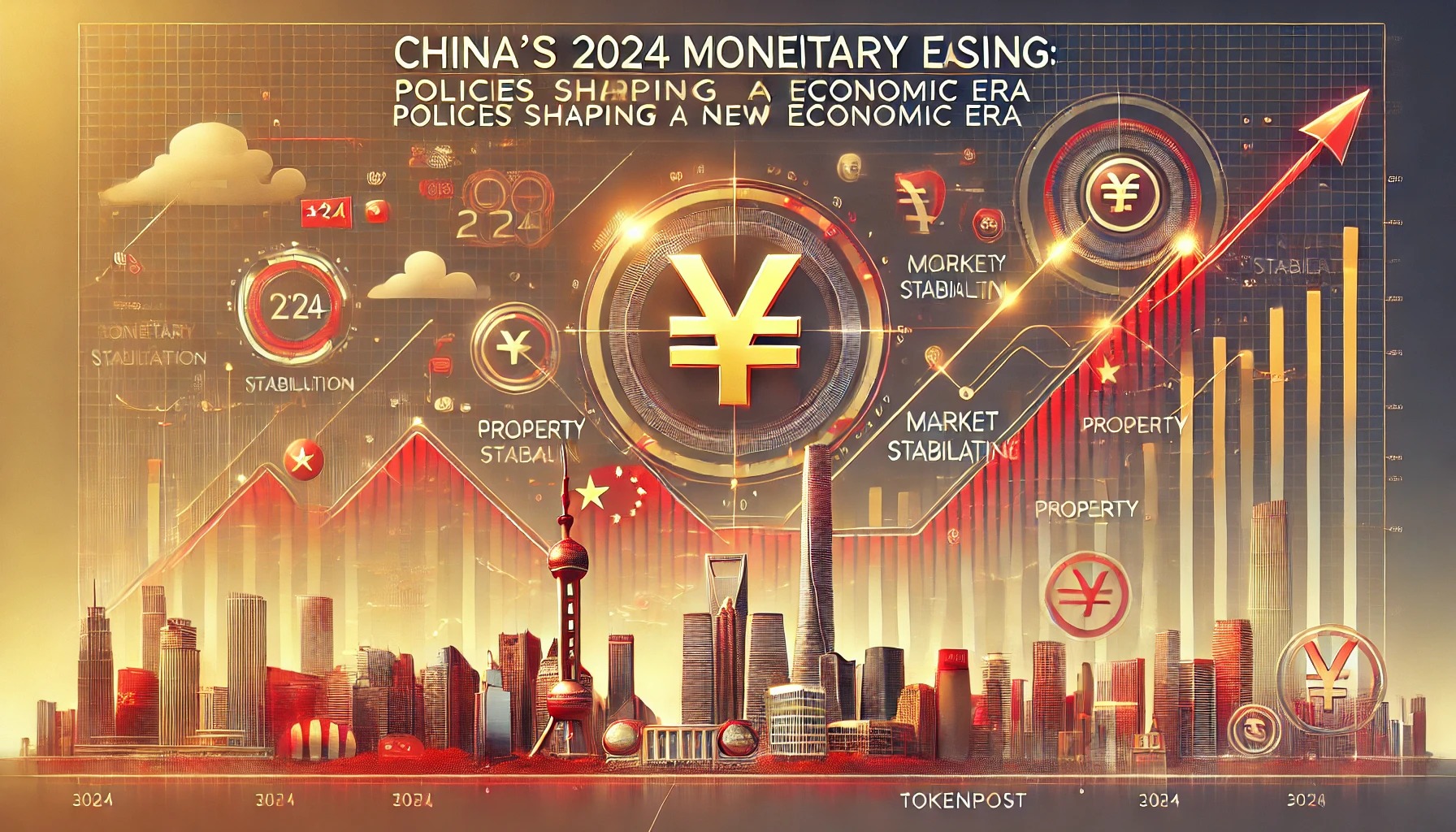China’s first major coordinated monetary easing in 2024 brings significant changes to economic policies, including cuts to the reserve requirement ratio (RRR), lowered interest rates, and adjustments to property policies like reduced mortgage rates and down payment ratios. This China monetary easing in 2024 is part of a broader effort to strengthen the economy and support growth.
In addition to these measures, the Chinese government has introduced strategies to improve stock market liquidity through swap and lending facilities and to strengthen bank capitalization. Experts anticipate that fiscal stimulus will play a larger role in the upcoming months, alongside monetary policies, to drive demand through increased consumption and investment, stabilize the property sector, and address balance sheet challenges, according to Bank of America (BofA) analysts.
China Monetary Easing 2024: A Focus on Consumer Support
Key areas targeted by China's monetary easing in 2024 include consumer support, particularly in social security, healthcare, and pro-birth policies. These policies involve financial allowances for families with multiple children and low-income households. While there has been discussion about consumption coupons, a large-scale nationwide rollout is not expected in the short term.
BofA notes this is the most severe consumer down-cycle since China’s entry into the World Trade Organization. The downturn is attributed to a significant wealth loss of around RMB60 trillion (approximately US$8.6 trillion) in the property sector since 2021. Other factors include record-low consumer confidence, weak business sentiment, a sluggish job market, wage stagnation, deleveraging, and an aging population.
Impact of China's Monetary Easing in 2024 on Consumption and Markets
The immediate effect of China’s monetary easing is anticipated to be a near-term wealth boost, with a rally in the A-share market increasing market capitalization by RMB17.3 trillion as of September 23. However, BofA analysts caution that this will not immediately translate into a significant rise in overall consumption, except for trade-in subsidies in select sectors.
The timeline for fully reviving consumption may take years, as each major consumer downcycle historically lasts 3.5-4 years, and the current cycle is just 2.5 years in. Analysts emphasize the need for "decisive policies" to counteract the extensive wealth destruction and property turmoil, adding that restoring consumer confidence is crucial to avoid the perception of these policies as a “false dawn.”
Global and Domestic Brand Implications Amid China Monetary Easing
Global brands may initially benefit from the China monetary easing in 2024, particularly in luxury and beauty sectors, with share price gains and a potential wealth effect enhancing consumer confidence. However, policies are likely to favor domestic brands more aligned with lower-end consumers. For global brands, competing effectively in this environment will require the right products, pricing, and agility to navigate changing channels and rising local competition.



 Oil Prices Climb on Venezuela Blockade, Russia Sanctions Fears, and Supply Risks
Oil Prices Climb on Venezuela Blockade, Russia Sanctions Fears, and Supply Risks  Asian Currencies Trade Sideways as Dollar Weakens Ahead of Key U.S. Data
Asian Currencies Trade Sideways as Dollar Weakens Ahead of Key U.S. Data  BoE Set to Cut Rates as UK Inflation Slows, but Further Easing Likely Limited
BoE Set to Cut Rates as UK Inflation Slows, but Further Easing Likely Limited  Asian Stocks Edge Higher as Tech Recovers, U.S. Economic Uncertainty Caps Gains
Asian Stocks Edge Higher as Tech Recovers, U.S. Economic Uncertainty Caps Gains  Singapore Growth Outlook Brightens for 2025 as Economists Flag AI and Geopolitical Risks
Singapore Growth Outlook Brightens for 2025 as Economists Flag AI and Geopolitical Risks  Asian Fund Managers Turn More Optimistic on Growth but Curb Equity Return Expectations: BofA Survey
Asian Fund Managers Turn More Optimistic on Growth but Curb Equity Return Expectations: BofA Survey  Japan Inflation Holds Firm in November as BOJ Nears Key Rate Hike Decision
Japan Inflation Holds Firm in November as BOJ Nears Key Rate Hike Decision  Gold and Silver Surge as Safe Haven Demand Rises on U.S. Economic Uncertainty
Gold and Silver Surge as Safe Haven Demand Rises on U.S. Economic Uncertainty  Chinese Robotaxi Stocks Rally as Tesla Boosts Autonomous Driving Optimism
Chinese Robotaxi Stocks Rally as Tesla Boosts Autonomous Driving Optimism  Asian Markets Rebound as Tech Rally Lifts Wall Street, Investors Brace for BOJ Rate Hike
Asian Markets Rebound as Tech Rally Lifts Wall Street, Investors Brace for BOJ Rate Hike  Canada Signals Delay in US Tariff Deal as Talks Shift to USMCA Review
Canada Signals Delay in US Tariff Deal as Talks Shift to USMCA Review  Bank of Korea Downplays Liquidity’s Role in Weak Won and Housing Price Surge
Bank of Korea Downplays Liquidity’s Role in Weak Won and Housing Price Surge  South Korea Warns Weak Won Could Push Inflation Higher in 2025
South Korea Warns Weak Won Could Push Inflation Higher in 2025  New Zealand Business Confidence Hits 30-Year High as Economic Outlook Improves
New Zealand Business Confidence Hits 30-Year High as Economic Outlook Improves  U.S. Stock Futures Edge Higher as Micron Earnings Boost AI Sentiment Ahead of CPI Data
U.S. Stock Futures Edge Higher as Micron Earnings Boost AI Sentiment Ahead of CPI Data  Yen Near Lows as Markets Await Bank of Japan Rate Decision, Euro Slips After ECB Signals Caution
Yen Near Lows as Markets Await Bank of Japan Rate Decision, Euro Slips After ECB Signals Caution  U.S. Stock Futures Slip After CPI-Fueled Rally as Markets Weigh Economic Uncertainty
U.S. Stock Futures Slip After CPI-Fueled Rally as Markets Weigh Economic Uncertainty 

























